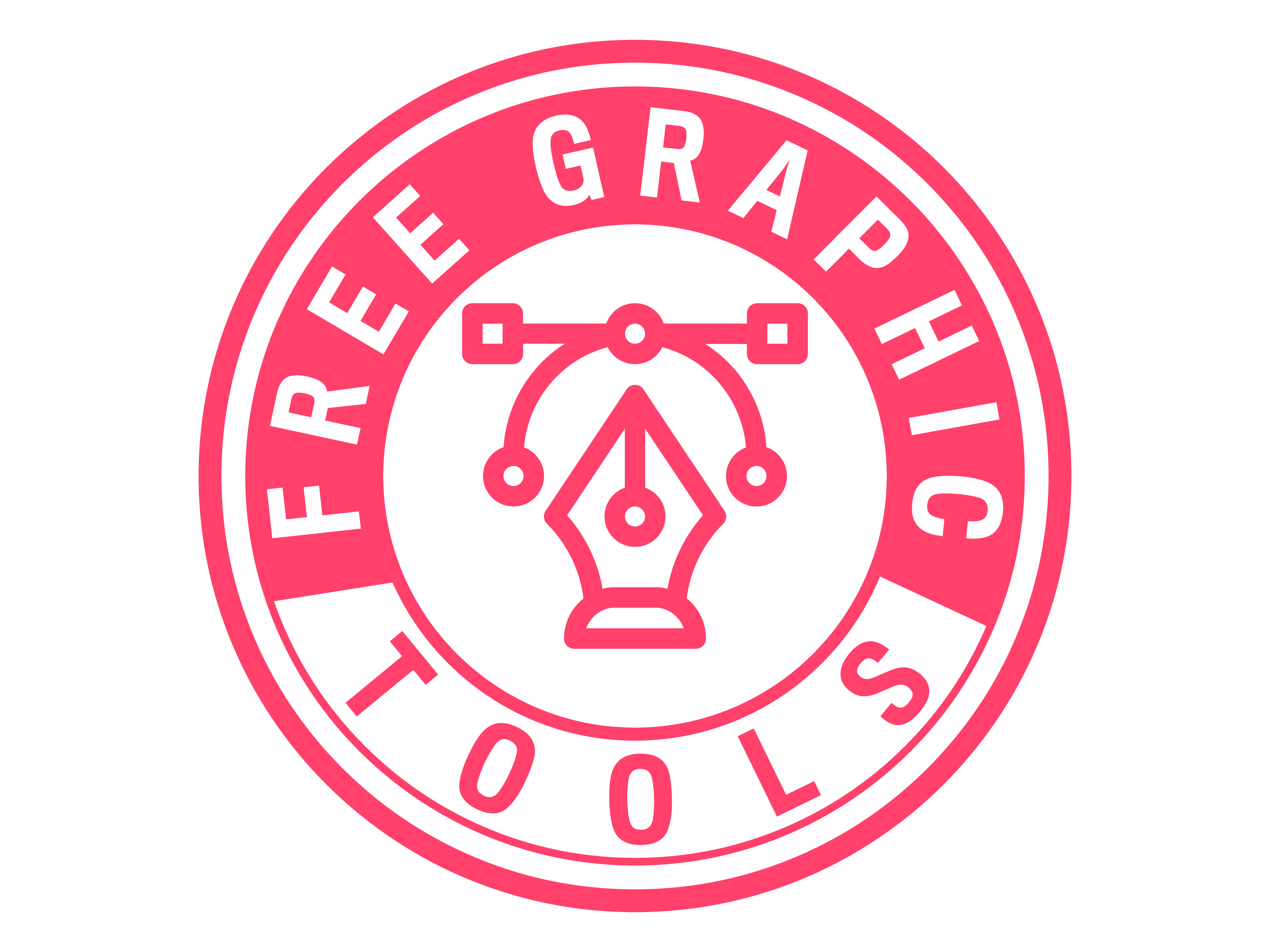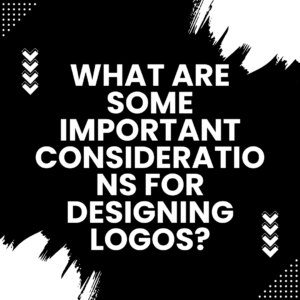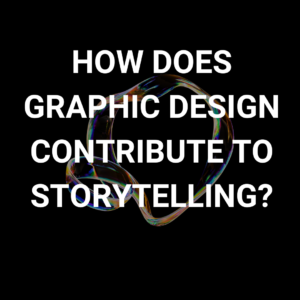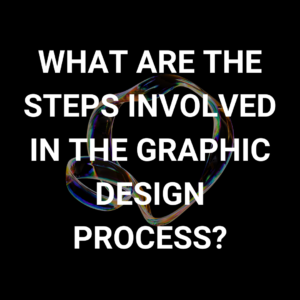What Is Vintage Design Style?
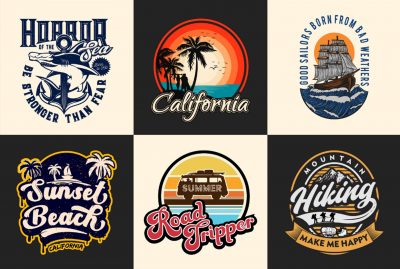
When People Refer to a Design as Vintage, They Refer to a Style That Evokes Design Patterns From a Previous Time.
Many of These Types Are Influenced by How They Are Made. There Are Few Examples:
Engraving: Is a Common Technique for Wedding Invites and Formal Stationery.
Hand Lettering: This Was Commonly Done on Storefront Windows to Encourage Sales.
Calligraphy: Is a Decorative Type of Handwriting That Is Commonly Used on Diplomas and Invitations.
Etching: a Method for Producing a Specific Type of Line Art Illustration Commonly Found on Art Prints or in Textbooks.
Metal or Woodblock Type: Creating Printed Posters, Magazines, and Periodicals With Letterpress and Moveable Type
Illustrations: Before Machines, All Images Were Done by Hand Using Paints or Markers.
If You Read Through This List, You’ll Find That All of These Methods Are Almost Obsolete Due to Computers and New Digital Printing Techniques.
The Finished Work Produced by These Different Methods Was Not as Detailed as That Produced by a Machine.
There May Have Been Restrictions on the Number of Colors That Could Be Used or the Thickness of the Line That Could Be Made.
Solid Blocks of Color Had Flaws and Rough Edges Were Not Necessarily Perfectly Smooth.
They Often Evoke a Simpler Era, When Items Were Built to Last and Were of Better Quality.
As a result, They Are Correlated With a Wide Range of Optimistic Emotional Traits.
How to Create Your Vintage Logo Design?
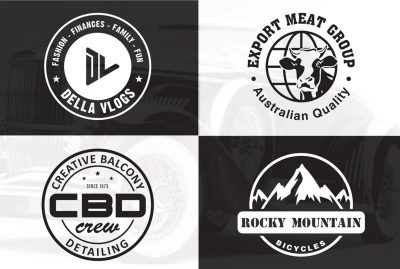
Act With a Professional Designer if You Want an Awesome Vintage Logo That Sticks Out From the Crowd.
Find and Employ a Designer to Bring Your Concept to Reality, or Hold a Design Contest to Solicit Suggestions From Artists All Over the World.
Designers From All Over the World Sell Their Concepts to You.
You Get Reviews, Fine-tune Your Favorites, and Choose a Champion. Begin a Project
How to Create a Vintage Brand Design?
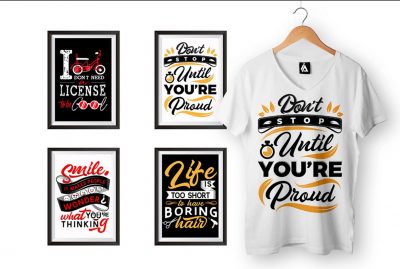
You’ll Want to Continue Designing Your Brand With Other Visuals After You’ve Built Your Vintage Logo Template.
Consider the Website’s Appearance, Social Media Messages, Written Publicity Documents, Signage, Packaging, and So on to Create a New Brand Design.
Look Past Your Logo Design to the Other Elements That Contribute to Your Company’s Overall Branding if You Want to Develop a Vintage-looking Brand.
Photography: Historically, Photography Was Either Black and White or Sepia-toned.
Alternatively, the Reproduction Efficiency Was Low.
Print Quality: Some People Want to Imitate the Quality of Old Offset Printing by Deliberately Leaving the Print Dots Apparent or the Color Balance.
Lines Can Appear Less Crisp.
Illustrations: While Photography Was Costly or Impossible to Replicate, Drawings Became Far More Popular.
Layout: There Is No General Layout Pattern, but Symmetrical and Oriented Formats Were More Popular in the Past.
Typography: the Use of Serif or Block Print Typefaces.
Decorations: Floral Prints and Decorative Frames Were Used More Extensively.
Types of Vintage Logos?
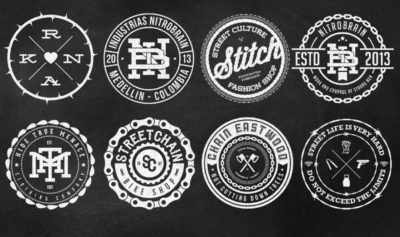
Vintage Logos Come in All Shapes and Sizes, and There’s Plenty of Space for Creativity.
Vintage Logo Style, on the Other Hand, Has Its Own Set of Patterns and Characteristics.
If You Want to Create Your Retro-style Logo, It’s Worth Looking Into the Various Strategies That Distinguish Vintage Logos From the Traditional Stamps We’re Used to Seeing Daily.
The Frame Is Your Best Bet if You’d Like to Create a ’50s Vibe.
Simple Geometric Forms Lend a Slight Edge to Logos That Hark Back in Time, and the Inverted Angles and Corners Pictured Above Elevate the Logo a Notch.
These Logos Are Timeless, Appealing, and Adaptable; They Can Be Used to Reflect Any Good or Service That Wishes to Appear Trustworthy.

These Vintage Logos Are Symbol Logos or Logos That Use a Symbol or Emblem to Instill Confidence in Their Audiences.
However, You’ll Notice That The Above Logos Are Disk or Stamp-shaped, Suitable for Companies That Advertise Merchandise or Use Their Logo to Watermark Photographs or Papers.
The Stamp’s Charm Lies in Its Simplicity, and the Simple Nature Allows More Space for Typography and Colors to Tell the Logo’s Story.
As We Saw Above, Frames Make Their Vintage Logo Label, but Nothing Says Retro Like a Frame With a Little Extra Funk.
The Symmetrical Swirls Around Each Frame in the Image Above Are Subtle and Hidden; They Are Used to Accent the Logos’ Typography Rather Than Overpower the Designs.
The Flourish Speaks to Our Sense of Order, Decency, and Our Ability to Keep Things Classy in General.
Handmade Pieces and Prototypes Designed by Hand – a Common Theme in Logos in the Past – Sound Genuine and Personal.
The “Hand-drawn” Logo Has the Advantage of Making Onlookers Believe That the Company They Are Communicating Is Specifically for Them.
In This Vein, This Retro Design Style Is Suitable for Companies Who Provide High-end Service or Wish to Highlight Their Customer-centricity.
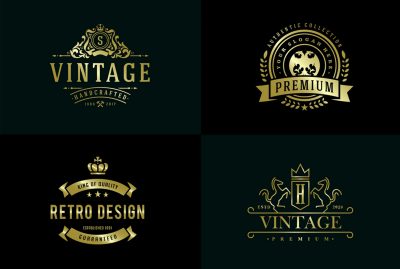
Typography Is an Essential Component of Any Logo, and It Is Also What Gives Symbols Their Identity.
Vintage Style Is No Different, as Logo Creators Used to Handcraft Fonts to Get the Exact Form.
As a Result, Large Block Lettering, Expressive Serifs, Asymmetrical Strokes, and Retro Fonts Are All Vintage Logo Classics, Each With Its Context and Relation to the Past.
Since More Is Sometimes More, Vintage Logos Prefer to Go Toward the Minimalism Prevalent in 21st-century Symbols.
Muted Color Palettes Are a Classic Vintage Logo Design, Though Sharp Contrasts Do Occur on Occasion.
You’ll Find That All of the Above Logos Use a Single Bright Hue, but None of Them Overdo It – Something to Keep in Mind When Creating Your Vintage Logo.
We Have Brought for You Completely Free Graphic Design Important and Necessary Image Different Software Photoshop and Illustrator, Logo Design Vector, Business Card Design, Different Fonts, Premium Fonts Completely Free. Also Our Freelancers Very Seriously Spontaneously Give You the Vector File, Ai File, JPG, and PNG Graphic Model.
You Can Also Visit Our Facebook Links
If You Have Any Suggestions or Advice Please Contact Us.
